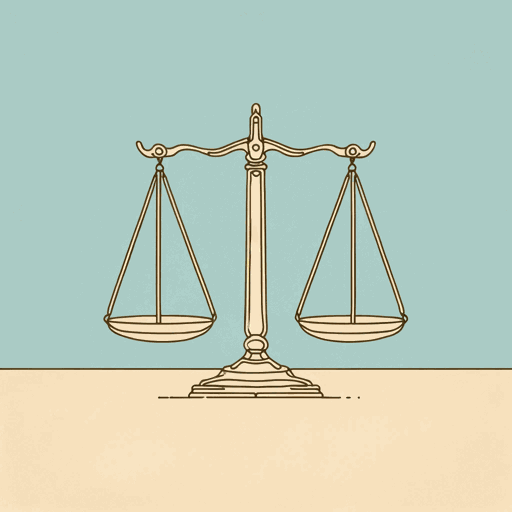50 pages • 1 hour read
Bryan StevensonJust Mercy (Adapted for Young Adults): A True Story of the Fight for Justice
Nonfiction | Autobiography / Memoir | YA | Published in 2018A modern alternative to SparkNotes and CliffsNotes, SuperSummary offers high-quality Study Guides with detailed chapter summaries and analysis of major themes, characters, and more.
Background
Cultural Context: Jim Crow and the Justice System
One central argument of Just Mercy is that the US justice system is inherently flawed, built on a foundation of racist laws and practices that have led to unprecedented levels of injustice and cruelty. Possibly the most impactful of these foundational flaws is the Jim Crow era, which stretched from the end of Reconstruction in 1867 through the civil rights period of the 1960s.
Jim Crow was a system of “legalized racial segregation and suppression” (247), which included the refusal of basic human rights, disenfranchisement, and marginalization. This era gave rise to the concept of “separate but equal” segregation, upheld in the 1896 Supreme Court case Plessy v. Ferguson. The Supreme Court ruled that laws based on race were not inherently discriminatory, a ruling that was upheld until a series of cases challenged it, starting with the 1954 Brown v. Board of Education Supreme Court case.
Jim Crow also reinforced the anti-miscegenation laws that had already existed in some states since the colonial period. These laws made interracial marriage illegal in much of the South. The term miscegenation, from the Latin for “to mix” and “race/kind” (“Miscegenation.” Merriam-Webster Dictionary), came into popular use during the Civil War, when “supporters of slavery coined the term to promote the fear of interracial sex and marriage and the race mixing that would result if slavery was abolished” (25).


